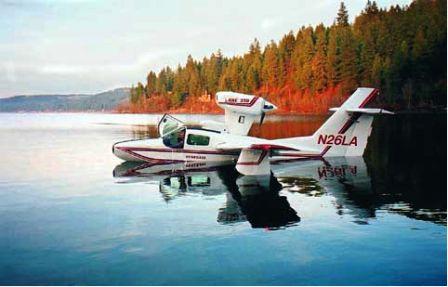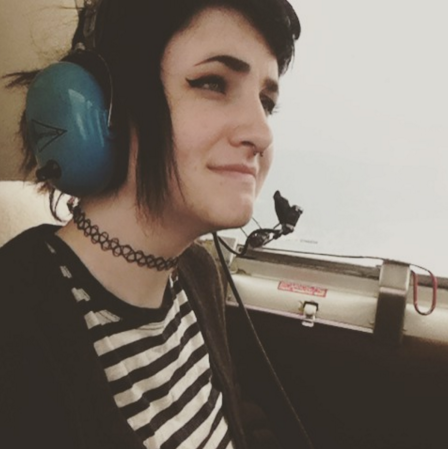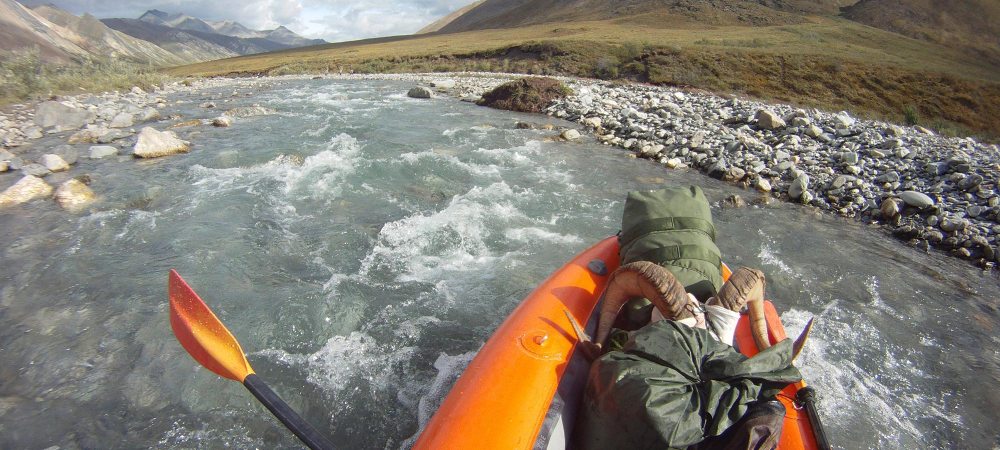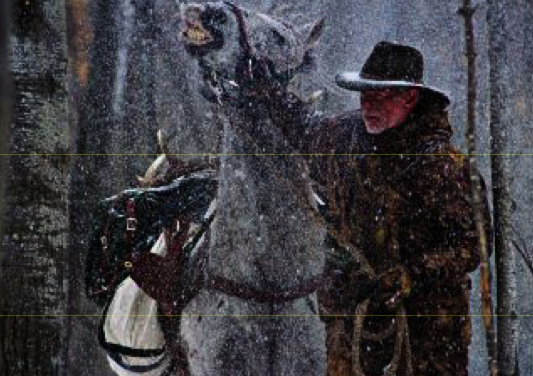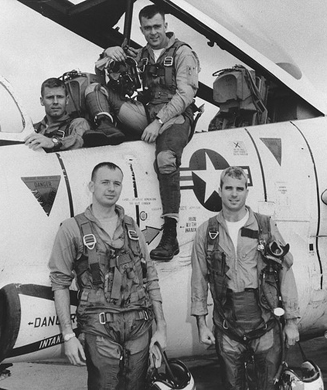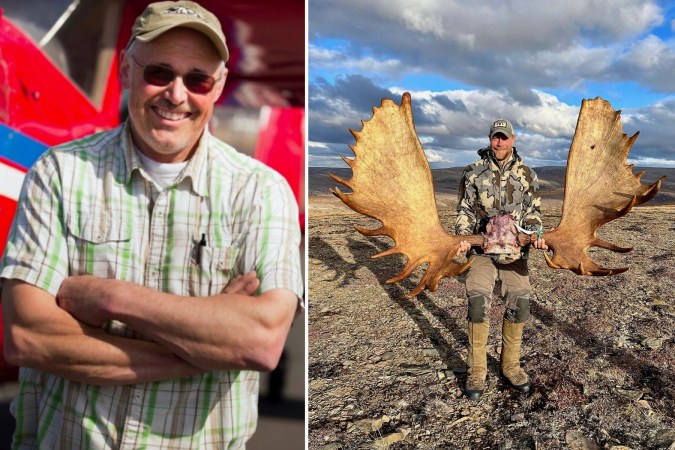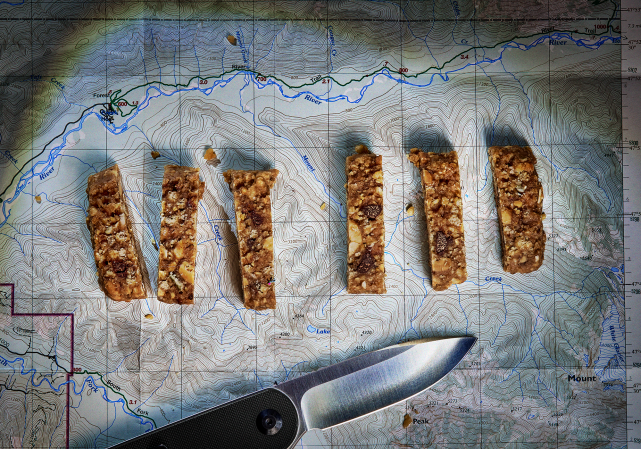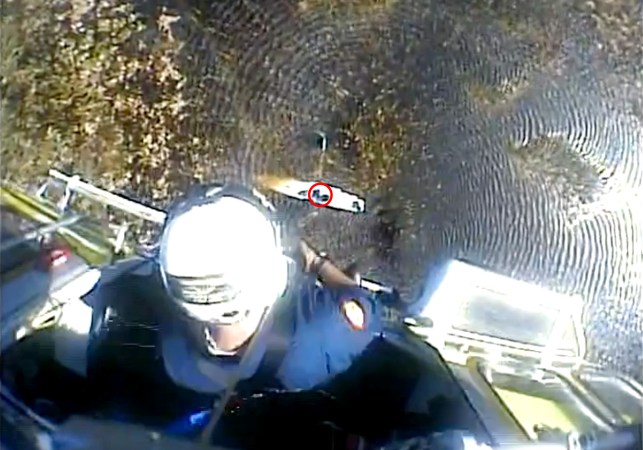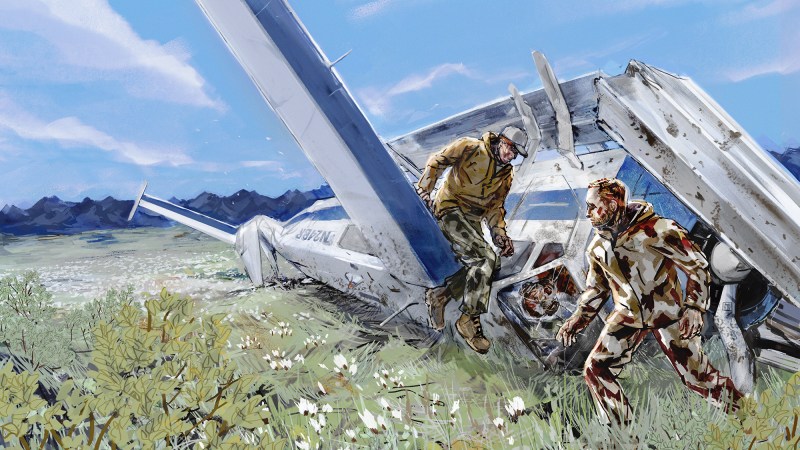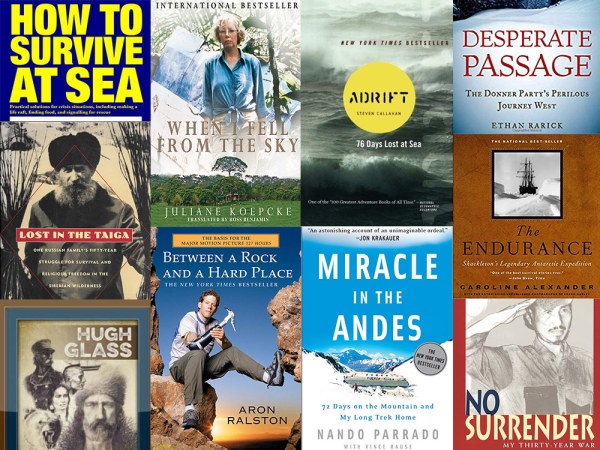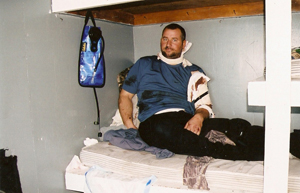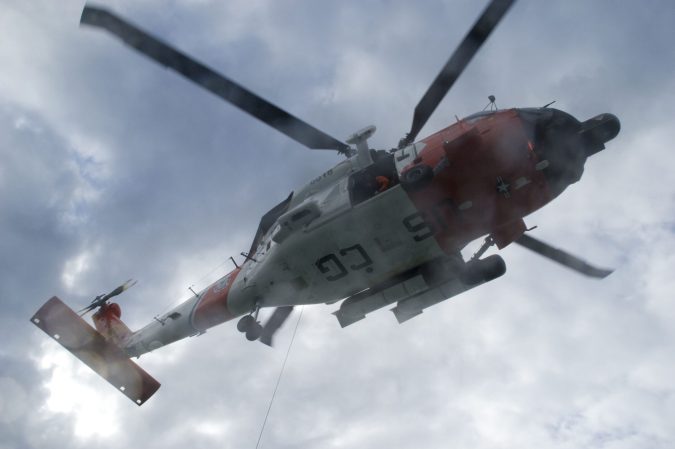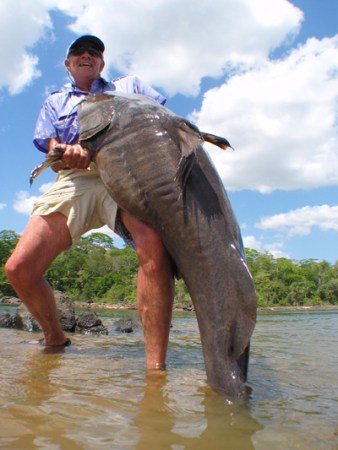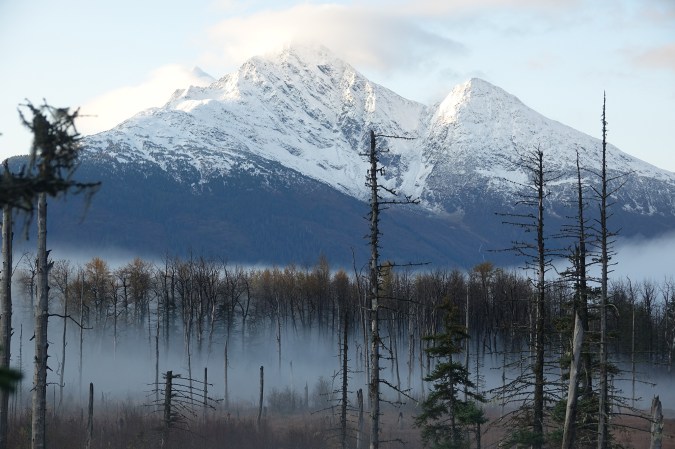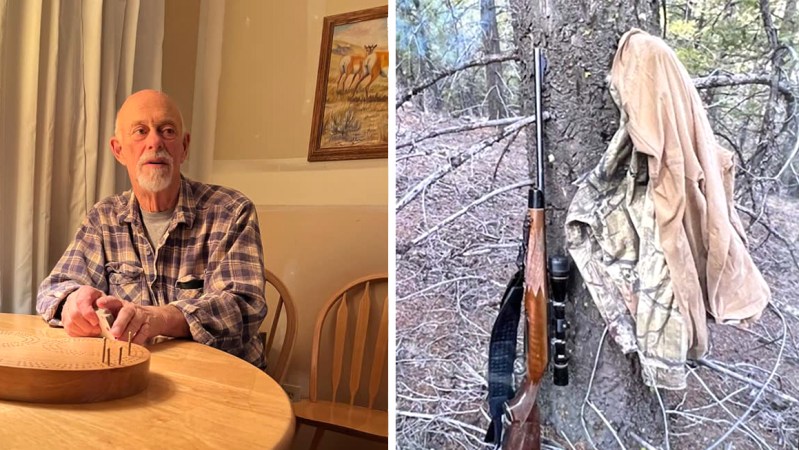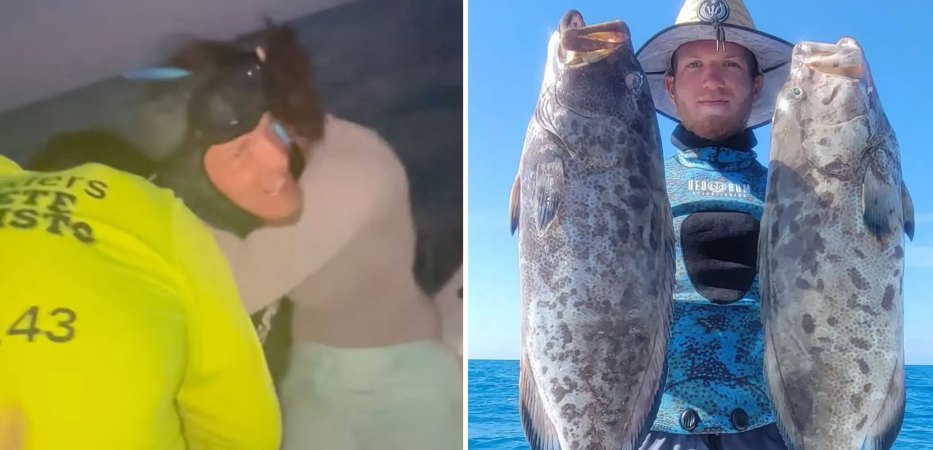Bush pilots are to Alaska what Pony Express riders were to the Wild West. For nearly 100 years they have tamed America’s last frontier by combining the raw survival skills and courage of explorers with the savvy and gut instincts of saloon poker players. Each decision a bush pilot makes is a calculated risk in a wilderness filled with hazards. A misread river, engine failure or a sudden storm might result not only in the loss of an aircraft, but also in the loss of life.
Bush-pilot lore celebrates the humor, quick thinking, grace under pressure and flying skills that sum up what it means to be an Alaska bush pilot. Here are a few of the pilots and their stories.
Archie Ferguson rescued by a swearing parrot
The period from the 1920s to the 1940s was the Golden Age of Alaska bush pilots. Aviators like Noel Wien and Carl Ben Eielson made frequent headlines with their pioneering firsts. Their notoriety made the era’s most colorful bush pilot, Archie Ferguson, feel a bit cheated. If you didn’t know of his own exploits, he made sure to remedy that in a hurry.
The Saturday Evening Post once described Archie as “the craziest pilot in Alaska.” Many of his colleagues thought the label too kind, and for good reason.
For Archie, sin and service were the same, as long as the job got done. He acknowledged that he never attended flight school because he was always too busy flying. He lived his life as he typically landed his airplane–in a borderline-controlled crash. Archie crashed better than anyone alive–about 24 planes in his flying career, 12 of those in one year. Like a charmed cat, he walked away from every one.
Perhaps his most memorable crash-landing is the one known as “The Rescue of the Swearing Parrot.” The dean of Alaska bush pilots, Bud Helmericks, was a friend of Archie’s and likes to tell the story.
Archie would never admit it, but there were two heroes to the story–Archie of course, and a parrot he had purchased from a group of sailors, who had reportedly taught the bird every cuss word known to man. The bird and Archie flew together often, and the two conversed in the same colorful language.
On one trip from Fairbanks to Kotzebue, Archie and the bird were flying in pilot Maurice King’s plane. King had his hands full with some of the roughest turbulence either pilot had ever encountered. The plane dropped and rolled violently. The parrot went berserk, screaming and screeching. Archie tried to control it, to help King focus on the flying, but to no avail. They eventually made it, but the parrot hated Archie thereafter, always biting and cursing him. A short time later, Archie’s dog somehow caught and ate the bird.
What probably irritated Archie beyond measure was that even after it was long dead, the ill-tempered, foul-beaked parrot actually saved his life.
Years later, Archie was flying freight and two passengers from Fairbanks to Kotzebue, along the same route he had flown with King. It was midwinter, and he was at the controls of a plane that was icing up heavily and suddenly stopped flying. The plane dropped below tree line, bounced over the frozen tundra, hit a tree and ripped off a wing. The impact tore the engine from its mounts and flung it into a snowbank. Engine oil splattered across the cockpit and onto Archie, who was unconscious with a broken arm.
His two passengers were unharmed. They thought Archie was dead until he woke and surveyed the situation. It was 20 below zero, and they were more than 200 miles from Fairbanks with one sleeping bag and no food.
Archie’s first concern was for his passengers. He placed his arm in a sling and started to chop trees to build a snow shelter. He also attempted to repair the radio. After two days, with no rescue in sight, his passengers were depressed and hungry. Archie announced that he was going hunting. He soon returned, saying he had found a bear den and needed their help to kill the hibernating bears.
Archie chopped off a thick branch to use as a club to bludgeon the bears and gave an ax to the others to finish them off. He cleared away brush from the bear den and crawled inside, his companions timidly following. Lacking enough room to swing his club, he suddenly began to punch the bears.
“There’s two of them,” he yelled. “Oh, bejeezuz, here they come!”
The passengers lost their composure and half ran, half stumbled back to the safety of the plane. Archie hobbled back and chided them to return to the den so they could have some bear stew that night. They refused, never knowing for certain whether there were actually any bears in the den.
Archie finally rewired the circuits of the broken radio. He slowly warmed the frozen battery to coax just enough power to transmit a simple yet revealing sentence: “Tell King I’m down where we had trouble with the parrot.”
The battery gave out, but not until after his dispatcher received the cryptic message and passed it along to King. King, who had been searching for Archie since the plane ditched, never forgot the area, the parrot or the turbulence, and immediately flew to the wreckage to rescue his friend.
Another one of Ferguson’s crashes that is worth recounting is the time he managed to shoot down his own plane. It was during his first aerial wolf hunt. Because of his bad aim he blasted the tip off his plane’s wooden propeller and crashed. He chopped off a similar length of propeller from the other side and managed to get the plane airborne again.
Larry Suiter a life-and-death struggle for control of his plane
Larry Suiter has flown in the world’s worst weather on the Alaska Peninsula and Kodiak Island. Yet his most terrifying moment as a pilot didn’t have anything to do with the weather, the terrain or a mechanical failure. It was because of a passenger.
He had just landed on Nonvianuk Lake and loaded two anglers and a guide into his Cessna 206. The angler who was riding copilot weighed about 350 pounds, while the two men in back were an easy 220 each. The temperature was in the upper 80s, the lake was flat calm and the plane was loaded with fuel.
“It’s going to take me a while to get airborne,” Larry told his party. “We have plenty of lake. I’ll get us on step, lift up one float and pop the other, and we should be airborne.”
The 206 has a yoke on the passenger side. Larry warned Carl, the angler seated there, that it would be coming back toward him on takeoff.
All was going as planned. When Larry pulled back on the stick, the copilot yoke dug slightly into Carl’s midsection. Not wanting it to come back any farther, Carl grabbed it and held it in place. Larry couldn’t level the aircraft and was losing control.
“Let go of the yoke!” he yelled. “Dammit, let go!” Carl didn’t respond. Larry threw a hard punch into Carl’s left shoulder, and he finally released his grip.
The plane, now in a slanted, nose-up attitude, was in trouble. The stall buzzer screeched.
“I was in crash mode,” Larry recalled. “All I could do was drop the nose and feather it a bit.”
The plane slammed flat on its floats, and water geysered up past the wings.
“Why did you grab the yoke?” Larry asked.
“Why did you hit me?” asked Carl, rubbing his shoulder.
Larry shut down and checked the aircraft to make sure no bolts were sheared from the impact.
Neither Larry nor Carl said a word to each other until Larry taxied to the end of the lake and they were once again ready for takeoff.
Before throttling up Larry turned to Carl and said with all seriousness, “You so much as move your hands, and I’ll punch your lights out.”
“I’ll do better than that,” Carl said. He buried his hands under his seat belt, locking them in place.
Gayle Ranney when Santa flew into a Christmas typhoon
Gayle Ranney’s U.S. Postal mail contract for 2000 required her to deliver Christmas boxes and cards to the remote villages along the Prince William Sound coastline. For adults and kids alike, the 60-year-old veteran bush pilot was Santa Claus. Because of the extremely short Alaska days, she had less than five hours to make all her stops and return to Cordova.
Shortly after the 10 a.m. sunrise, her Cessna 185 was fully loaded and she was heading across the open water of eastern Prince William Sound. The small islands looked beautiful even in the cold gray fog, but Gayle knew that looks can be deceiving. Foul Pass, Lone Passage, Dangerous Passage and Mummy Bay were the landmarks below her. They had earned their names thanks to a dangerous mix of tide, wind and weather.
Gayle saw the gray line of a snow squall headed her way. Wet snow sticks to aircraft wings and makes flying impossible. She radioed dispatch that she was going to wait out the squall, then landed and taxied into a semi-protected cove on Green Island. She knew most snow squalls blow through in a couple of hours
The clouds thickened and visibility worsened. By twilight, the squall had turned into a full-fledged storm. She would have to spend the long winter night in the plane.
Maintaining an airplane for a night on Green Island would be a grueling task for a pilot half Gayle’s age. Every couple of hours in the dark, she pulled and pushed the fully loaded plane any way she could to reposition it in the constantly changing tide and wind. She had numerous hazards to contend with. Mud suction could keep the plane from floating on an incoming tide, sinking it. Wave action could lift and drop the plane onto shoreline rocks, puncturing the floats and sinking the aircraft. Gusts could drift her plane into the trees and crush a wing.
The aircraft’s half-submerged floats were showing the weight of accumulated snow. In the dark, during the howling storm, Gayle climbed up and out onto the slippery aluminum wings. The wet, driving snow soaked her skin. One misstep and she could slide headfirst into the ocean, be knocked unconscious and drown. Throughout the long winter night, despite the bone-numbing cold, she methodically cleaned off the wings and fuselage with one sweep of her arm at a time.
The 50-mph winds created a chill factor that hovered around 5 degrees. She had no heat in the plane, no food, no hot drinks and no dry change of clothes. The next morning she was unable to establish radio contact with any other aircraft or dispatch. But the weather had improved and the gusts had died down a bit, so she decided to chance a return to Cordova.
Clearing the protection of the trees, she encountered turbulence unlike anything she had ever experienced. Unknown to her, she had just flown out of the eye of the worst storm to hit the area in recent years, a Category 1 typhoon. Her plane bounced and twisted in the buffeting 80-mph winds. Equipment ricocheted off the aircraft’s walls. Gayle was catapulted to near weightlessness in powerful gusts that reached 140 mph.
Turning back would be suicide. She kept her hand on the throttle in case she flipped or hit a downdraft. She focused all her attention on flying the aircraft. Her life depended on it.
Gayle made radio contact, and the news was not good. Cordova was an official disaster area. The Whirlwind Laundromat was completely flattened. Roofs had been blown off buildings and boats overturned.
Debris was swirling everywhere as she extended the wheels on the amphib floats to land. She flew in fast and the headwind stopped her almost instantly. The danger was not yet over, however. A Cessna 185 has a 55-mph takeoff speed. Even if it is stationary with the engine off, strong winds can lift the plane in place, flip it over or blow it away. Gayle’s hanger crew rushed out, quickly grabbed wing and tail ropes and muscled the plane into the hangar.
The next day, the typhoon subsided to a winter calm. Gayle was back in the air and delivered the Christmas mail on time to the coastal villages.
Bud Helmericks engine failure on the arctic ice pack
According to veteran bush pilot Bud Helmericks, engine failure can’t be anticipated. You just react based on experience, as he did when he made the fastest forced landing of his career.
It was the 1960s, and Bud was guiding for polar bear on the arctic ice pack with client Vic Calcattera of Detroit. It was early spring, and Bud had flown out over the arctic ice pack about 110 miles beyond the northern coast of Alaska. It was 30 below zero, and thick wisps of steam rose from the black, open leads where the ocean ice was breaking up.
Bud was flying at about 400 feet when the engine stuttered and started to rev down. This was not a place for mechanical failure. His right hand darted about the dash as he increased throttle, switched fuel tanks and turned on the carburetor heat. Suddenly, the propeller stopped, and there was only the sound of the wind whistling outside. Bud nosed the plane into a glide path for his only landing spot: a floating slab of ice with pressure ridges reaching 20 feet high on all sides. He focused on a flat stretch of newly formed sea ice on the far side, near the open water. Would it be thick enough? Could he stop in time? He touched down lightly, jumped out and tested the ice thickness with his ax. For the moment, they were safe.
All around, ice was grinding and moving, as ridges rose and cracked in the wispy ice fog. Bud immediately covered the engine with an insulated cover. Even if the floating island didn’t disintegrate, rescue was unlikely.
But luck was with them. The heat from the engine thawed the ice that had formed in the carburetor screen. The engine soon started and ran perfectly, and they were able to take off with the help of a slight breeze.
“A pilot can’t be indecisive in situations like that,” he recalls. “You have to act, and always be looking for a place to put down, just in case. And when you need to do it, do it.”
Marvin Warbelow race to rescue hunters from a flooding river
Around the middle of September, Marvin Warbelow was at work at 40-Mile Air in Tok when he was asked for help with a rescue. He was contacted by a registered guide/bush pilot who had crashed his plane in a remote river in the Alaskan interior. The guide had left his three hunters on an island and spent a day walking out to the Alaska Highway, which brought him to Tok a couple of days before.
Warbelow’s reaction to the guide’s dilemma and bewildering actions was swift and angry. “What have you been doing all this time?” he asked.
The guide replied that he was looking for a way to get his hunters out that wouldn’t cost him anything. “They’ve only been out there for three days, so they should be okay,” he said.
Despite the steady downpour and the low-hanging fog, Warbelow gassed up the plane at once and flew to the area. It was a sight to remember. The rain in the high country had swollen the river beyond its banks. One hunter had shinnied up a tree; the others were standing in knee-deep water. Warbelow touched down in the swirling floodwaters and taxied to a stop in some flooded brush.
“Those hunters were fighting to be the first one on the plane,” he recalls. “They were terrified they were going to drown. I assured them that I would get them all out that morning.”
On the flight out, Warbelow noticed that one hunter looked particularly gaunt. To make conversation, he asked what food the hunter was looking forward to eating once he got back.
The hunter didn’t hesitate in his reply, blurting out, “The first thing I’m going to do is kill that S.O.B. who left us stranded out there.”
Of course, the guide was nowhere to be found until long after the hunters had left the state.
bush pilot maxims
–It’s a good landing if you can walk away from it.
–The propeller is just a big fan in the front of the plane to keep the pilot cool. Want proof? Make it stop; then watch the pilot sweat.
–Learn from the mistakes of others. You won’t live long enough to make all of them yourself.
–The only time you have too much fuel is when you’re on fire.
–Flying is the second-greatest thrill known to man. Landing is the first!
look out below! Don Omens was flying passengers and his common-law wife to Fairbanks when she decided to step out of the aircraft and commit suicide. Another passenger grabbed her leg and held on as she squeezed through the open door. She dangled near the landing gear, screaming. Omens flew low on approach and told the passenger to let go. His wife dropped like a bomb into a deep snowbank. A dog team arrived and transported her to the landing strip, where she was treated for minor injuries.
guts and stamina In the winter of 1940, Steve Advise crash-landed near Cordova, wedging his foot between the front engine panel and the floor. He sat helpless as his foot froze from the loss of blood and circulation. He was able to reach a pistol and eventually shot his foot free of the entrapment.
bear toys
J.W. Smith runs a fly-in fishing camp on the Alaska Peninsula, an area noted for its large population of big brown bears. “I reckon a bear must have seen the moonlight reflecting off the tail of our Super Cub parked in the grass,” he said. “It clawed up and over the fuselage and jumped on the tail as if it were a trampoline. Its claws punched and ripped holes in the fabric and it bent the frame.”
Smith radioed for a mechanic to fly in to replace the tail section. Ten days later, the bear returned. This time it broke the plane’s tail completely off.
After shelling out a total of $25,000 for repairs, Smith now monitors a series of motion sensors he’s placed on the trails to the aircraft.
“A bear walking down the trail at night sounds like one of those dinosaurs in a Jurassic Park movie,” he said. “The bears always seem amazed when they see me standing by the plane with my shotgun.”
